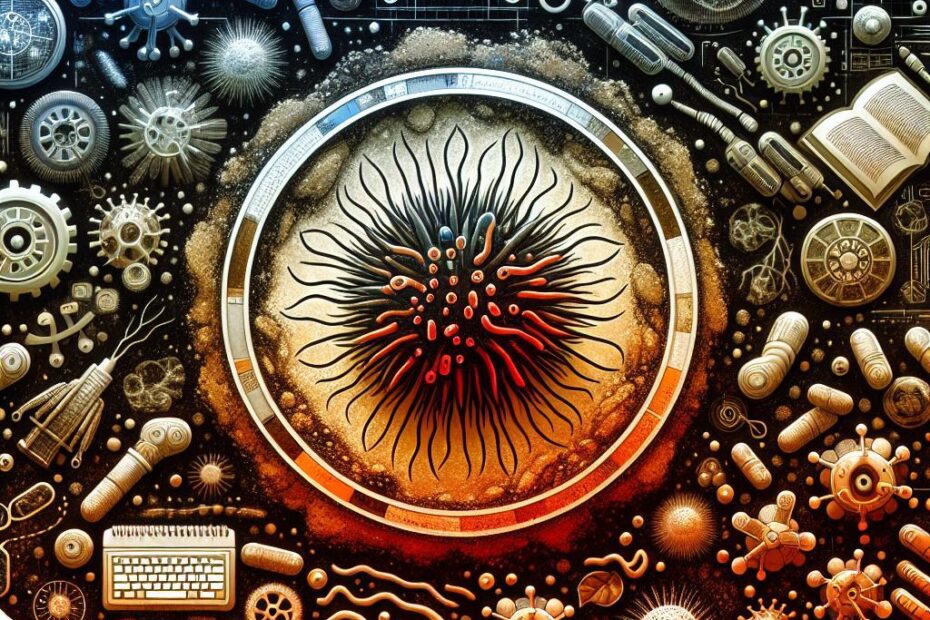Harmful Bacteria in Soil: Understanding the Risks and How to Mitigate Them
When we think about soil, we often picture a rich, fertile environment teeming with life. While this is generally true, not all bacteria that reside in soil are beneficial. In fact, there are several harmful bacteria that can pose risks to humans, plants, and animals. In this article, we’ll explore the different types of harmful bacteria found in soil, the risks they pose, and how to mitigate their impact.
Types of Harmful Bacteria in Soil
-
Salmonella: This common bacteria is often associated with food poisoning, but it can also be found in soil. Salmonella can be transmitted to humans through contact with contaminated soil or water, leading to gastrointestinal issues and other health problems.
-
E. coli: Another well-known bacteria, E. coli can also be found in soil. Exposure to E. coli-contaminated soil can result in severe illness, especially in young children and elderly individuals.
-
Clostridium botulinum: This bacteria produces a toxin that causes botulism, a serious illness that can be fatal if left untreated. Clostridium botulinum spores are commonly found in soil and can contaminate food and water sources.
-
Legionella: While not as common in soil as the other bacteria mentioned, Legionella can still be present in certain environments. Exposure to Legionella-contaminated soil or water can lead to Legionnaires’ disease, a severe form of pneumonia.
Risks Associated with Harmful Bacteria in Soil
The presence of harmful bacteria in soil poses various risks to human health, agriculture, and the environment. Some of the main risks include:
- Foodborne Illness: Contaminated soil can lead to the contamination of crops, resulting in foodborne illnesses when consumed.
- Water Contamination: Harmful bacteria in soil can leach into groundwater sources, contaminating drinking water supplies.
- Plant Disease: Certain bacteria can cause plant diseases, leading to crop failure and reduced agricultural productivity.
- Respiratory Infections: Inhalation of bacteria-contaminated soil particles can result in respiratory infections and other health issues.
How to Mitigate the Impact of Harmful Bacteria in Soil
Fortunately, there are several ways to mitigate the impact of harmful bacteria in soil and reduce the risks associated with their presence. Some practical tips include:
- Proper Hygiene Practices: Wash hands thoroughly after working with soil or gardening to prevent the spread of harmful bacteria.
- Composting: Properly composting organic materials can help break down harmful bacteria and pathogens in soil.
- Avoiding Raw Manure: Use composted manure or synthetic fertilizers instead of raw manure, which can contain harmful bacteria.
- Soil Testing: Regularly test soil for contaminants and bacteria to identify potential risks and take appropriate measures.
- Proper Irrigation: Avoid overwatering soil, as excess moisture can create ideal conditions for harmful bacteria to thrive.
Case Study: Preventing Salmonella Contamination in Soil
In a recent study conducted by the Department of Agriculture, researchers found that proper composting techniques can significantly reduce the risk of Salmonella contamination in soil. By maintaining proper composting temperatures and turning compost piles regularly, the researchers were able to effectively eliminate harmful bacteria in soil.
Conclusion
While soil is a vital component of our ecosystem, it’s important to be aware of the potential risks associated with harmful bacteria. By understanding the types of harmful bacteria in soil, the risks they pose, and how to mitigate their impact, we can better protect ourselves, our crops, and the environment. By implementing proper hygiene practices, composting techniques, and soil testing, we can ensure that our soil remains a healthy and thriving environment for all.
